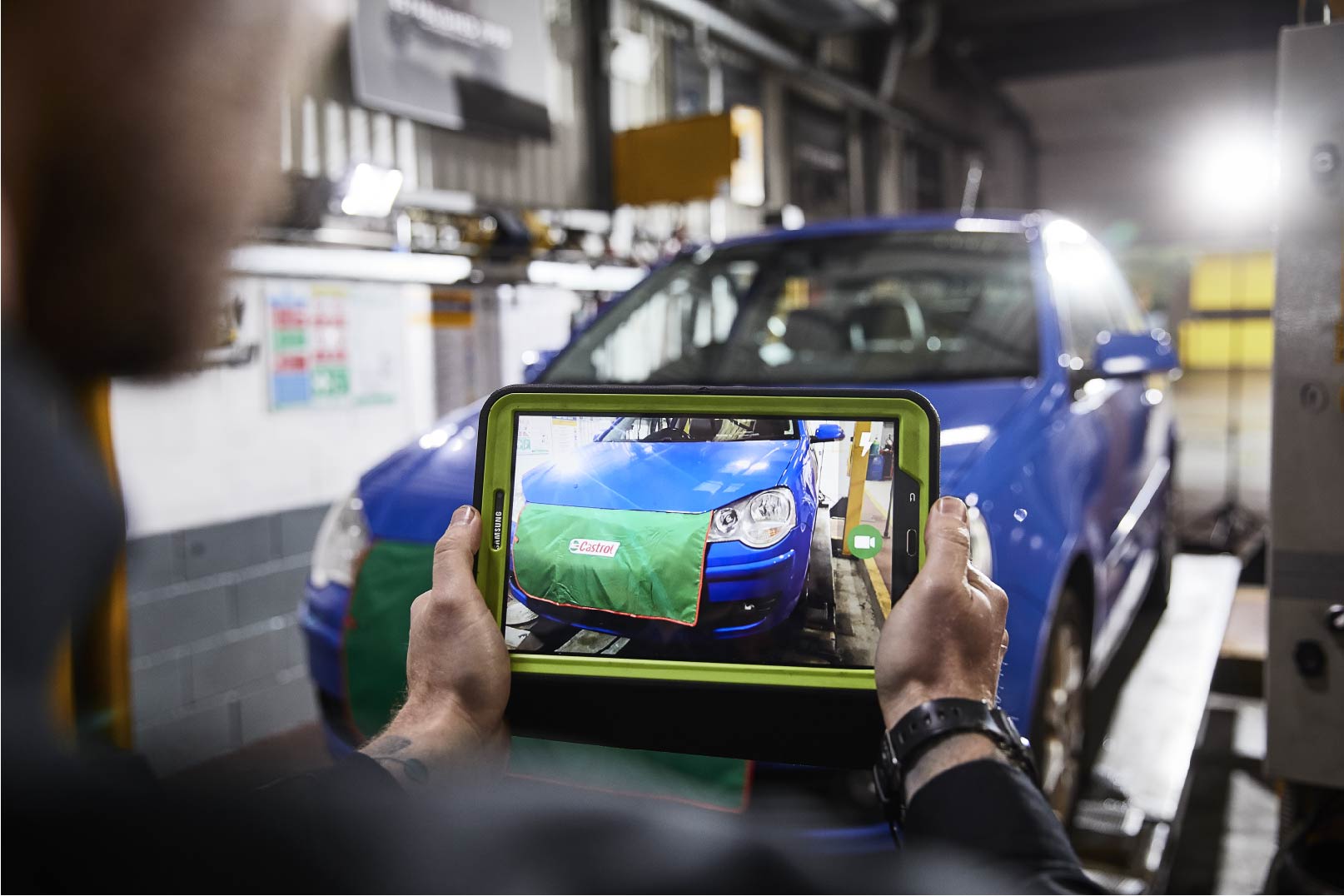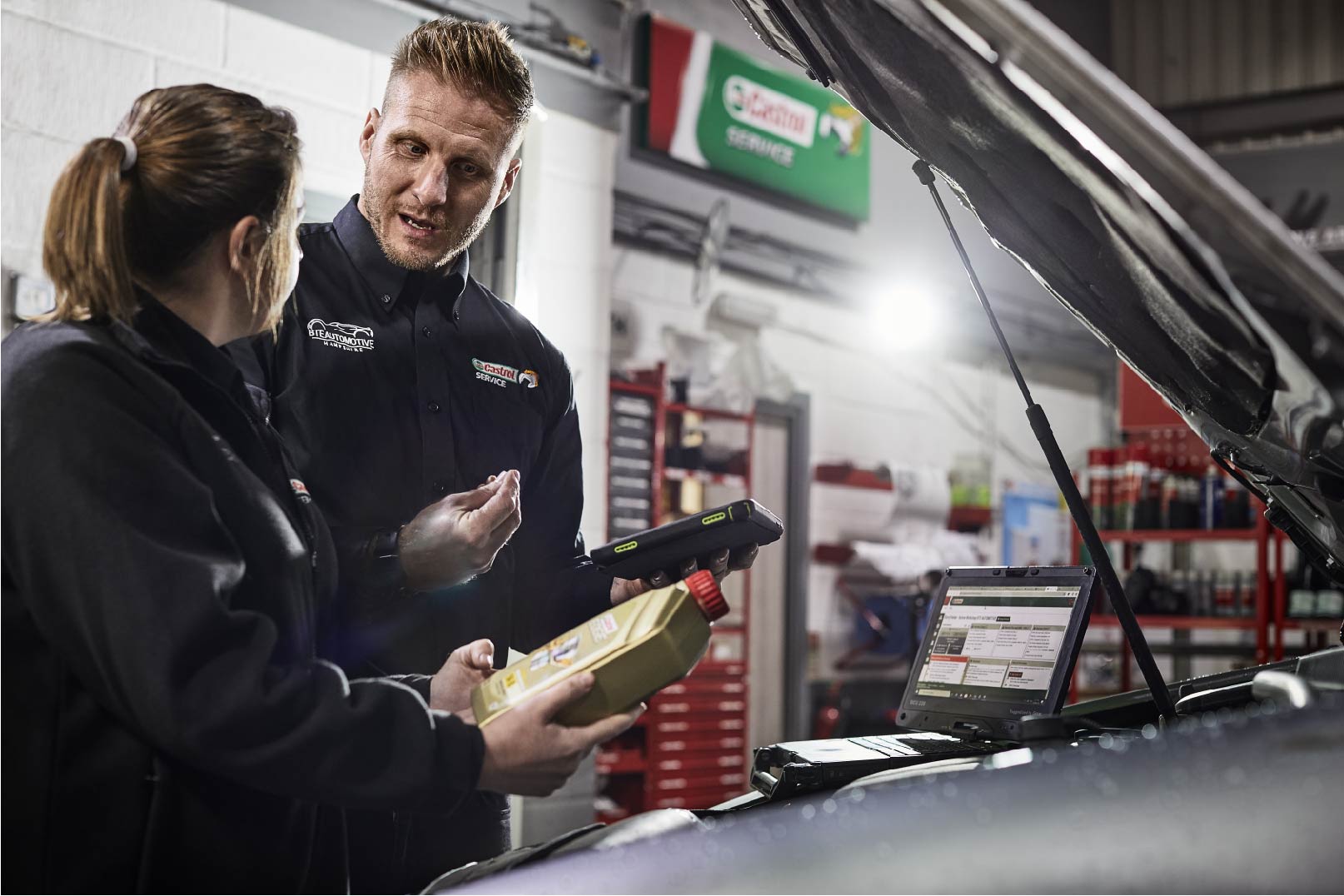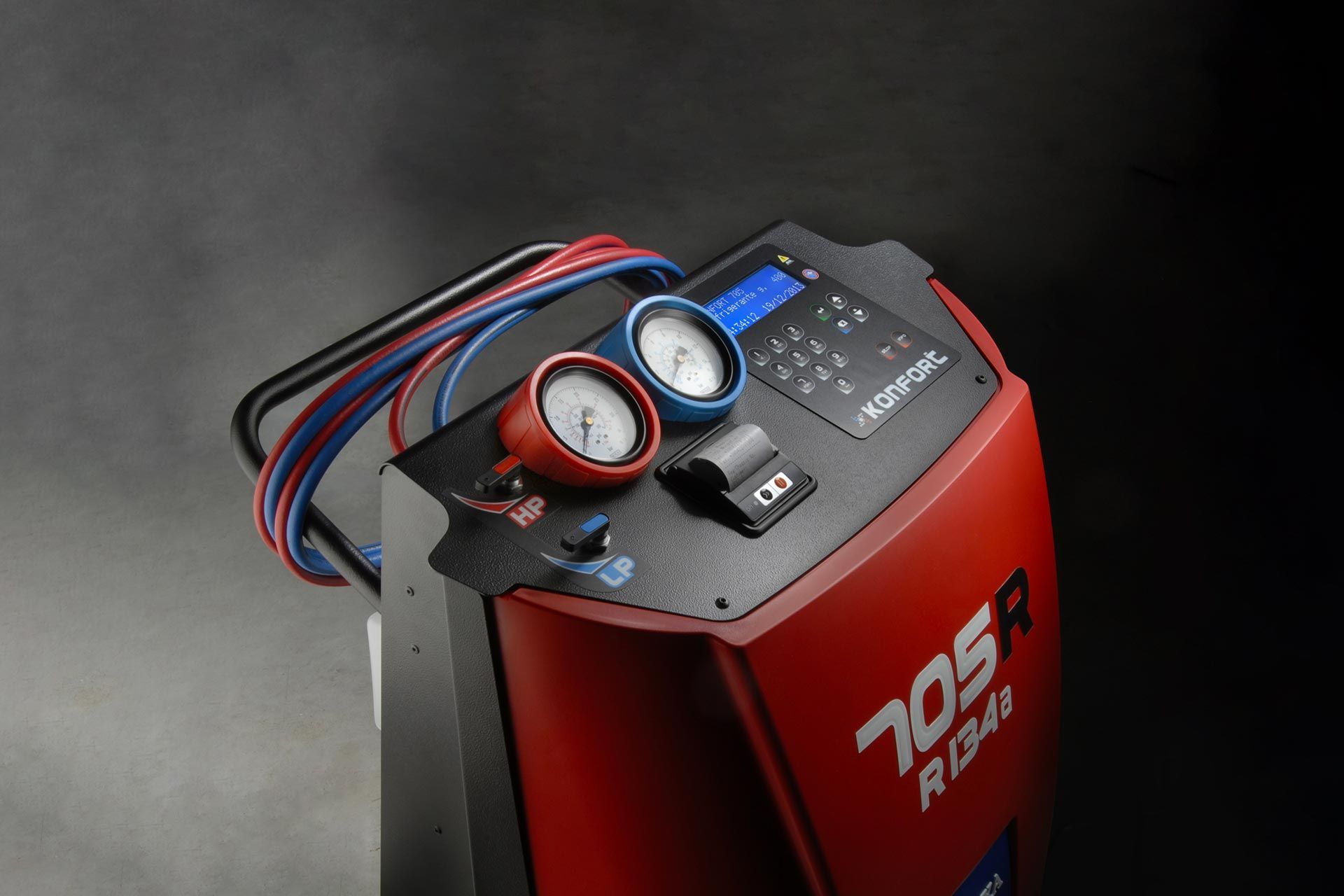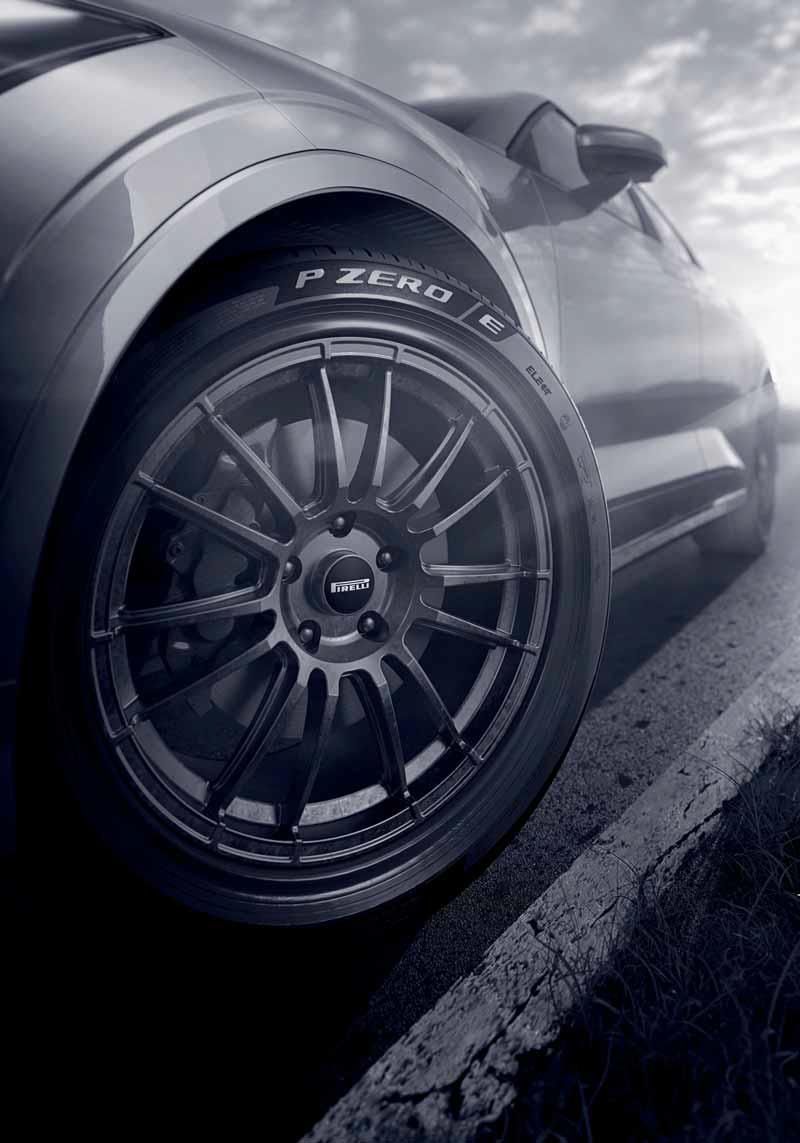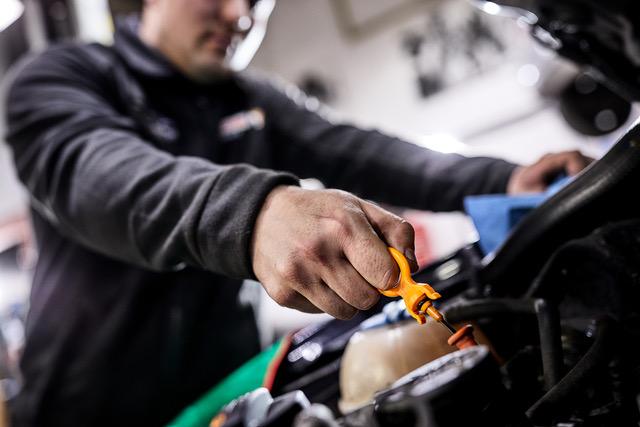Winter Tyres in the UK
Barry Parker • 5 November 2018
Why use PIRELLI Winter Tyres?
BTE Automotive's definitive guide to Winter Tyre(s) and usage on UK Roads.
WINTER TYRE MAINTENANCE
The Highway Code and the applicable European directives establish that tyres must be replaced when the tread depth is less than 1.6 mm.
CHECK WINTER TYRE PRESSURE
WINTER TYRE MAINTENANCE
HOW TO RECOGNISE WINTER TYRES
They are easily recognizable because they have a M+S (Mud&Snow) marking on the side and a mountain with a snowflake symbol
DURABILITY
When not in use, winter tyre must be preserved, preferably inflated, with rims put on and pressure under control periodically. The best way to save them is positioning in a single line on shelves vertically, at least 10 cm from the ground, with the lateral side in a vertical way in order to not affect the profile.
TYRE LIFESPAN
The Highway Code and the applicable European directives establish that tyres must be replaced when the tread depth is less than 1.6 mm.
CHECK WINTER TYRE PRESSURE
For winter tyres, a rise in pressure of 0.2 bar is recommended due to thermal fluctuation that leads to a decrease in tyre pressure. It is preferable to measure pressure in cold conditions at least 30 minutes after using the vehicle, in order to be sure that the heat produced while driving has not modified the pressure. The winter tyres check has to be performed not only after traumas (such as bumping the tyres), but at least once a month.
Uniform equipment is necessary to ensure excellent performance and safety while driving. Always use 4 winter tyres of the same brand and with the same design characteristics.
Winter tyre performance is excellent on snow at a tread depth of 4mm. By law, a minimum tread depth of 1.6mm is required for winter tyres.
Pay attention to the speed limits described on the external side of the tyre. It is possible to use winter tyres with a lower speed indication than that stated in by law.
STORE CAREFULLY
If you don’t use your tyres, they must be stored inflated, with controlled pressure. The best way to preserve tyres is to store them vertically in a single file of shelves, at least 10 cm above the ground.
FREQUENTLY ASKED QUESTIONS
Winter tyres are more expensive, why should I buy them?
It’s true, you have to buy two sets of tyres: one for summer and one for winter. But when you fit winter tyres, the summer tyres should be set aside and stored appropriately. They can then be used again as the months get warmer ensuring safety in all weather conditions.
Winter tyres have been developed to offer excellent performance when the temperature is below +7°C. During the summer their compound, which is softer than that of summer tyres, wears much more rapidly and hence doesn't perform as well.
Can winter tyres only be used on snow?
Winter tyres have been developed to respond actively in the presence of snow but also offer excellent performance, compared with summer tyres, on wet and dry roads throughout the cold weather season. The tread pattern has been designed to reduce the risk of aquaplaning considerably.
No. With chains you can’t go more than 50 km/h. Some winter tyres, however, are approved for speeds up to 270 km/h (speed rating W). Of course, you must always observe the speed limits set by the Highway Code and adapt your speed according to the weather conditions.
This option is strongly advised against. In fact, if the car is a front-wheel drive, and you fit winter tyres only at the front, there is a risk of losing control of the vehicle. If the car is rear-wheel drive, and you fit winter tyres only at the rear, there is a risk of losing control when turning. Finally, if you fit winter tyres to the non-powered wheels it will be very difficult to move on icy or snow-covered roads.
WINTER DRIVING TIPS
SMOOTH MOVEMENTS
Avoid abrupt acceleration or braking that can make the vehicle lose grip on wet or snowy surfaces. Also avoid exaggerated steering.
TYRES ROTATION
Tyre rotation gives tyres even wear and increased durability. Rotation of winter tyres must be carried out every 8,000/10,000 km.
ALWAYS USE FOUR WINTER TYRES
Uniform equipment is necessary to ensure excellent performance and safety while driving. Always use 4 winter tyres of the same brand and with the same design characteristics.
CHECK THE TREAD
Winter tyre performance is excellent on snow at a tread depth of 4mm. By law, a minimum tread depth of 1.6mm is required for winter tyres.
CHECK SPEED LIMIT
Pay attention to the speed limits described on the external side of the tyre. It is possible to use winter tyres with a lower speed indication than that stated in by law.
STORE CAREFULLY
If you don’t use your tyres, they must be stored inflated, with controlled pressure. The best way to preserve tyres is to store them vertically in a single file of shelves, at least 10 cm above the ground.
FREQUENTLY ASKED QUESTIONS
Winter tyres are more expensive, why should I buy them?
It’s true, you have to buy two sets of tyres: one for summer and one for winter. But when you fit winter tyres, the summer tyres should be set aside and stored appropriately. They can then be used again as the months get warmer ensuring safety in all weather conditions.
But if it’s true that winter tyres perform much better than summer tyres why can’t I keep them all year round?
Winter tyres have been developed to offer excellent performance when the temperature is below +7°C. During the summer their compound, which is softer than that of summer tyres, wears much more rapidly and hence doesn't perform as well.
Can winter tyres only be used on snow?
Winter tyres have been developed to respond actively in the presence of snow but also offer excellent performance, compared with summer tyres, on wet and dry roads throughout the cold weather season. The tread pattern has been designed to reduce the risk of aquaplaning considerably.
With winter tyres am I forced to reduce my driving speed drastically, like when using chains?
No. With chains you can’t go more than 50 km/h. Some winter tyres, however, are approved for speeds up to 270 km/h (speed rating W). Of course, you must always observe the speed limits set by the Highway Code and adapt your speed according to the weather conditions.
Can I fit two winter tyres on the powered wheels and keep the summer tyres on the others?
This option is strongly advised against. In fact, if the car is a front-wheel drive, and you fit winter tyres only at the front, there is a risk of losing control of the vehicle. If the car is rear-wheel drive, and you fit winter tyres only at the rear, there is a risk of losing control when turning. Finally, if you fit winter tyres to the non-powered wheels it will be very difficult to move on icy or snow-covered roads.

As we prepare to wrap up the year and the festive season draws near, the anticipation of snowfall heightens. With this beautiful transformation of the landscape comes a need for increased awareness and preparation for winter driving conditions. BTE Automotive is committed to your safety and comfort on the road, and we're here to share some essential advice to enhance your knowledge and potentially save lives this winter.

BTE Automotive: Fuelling Fun at Bordon Soapbox 2023!
Buckle up, folks, because BTE Automotive is hitting the tracks with full throttle as one of the lead sponsors for the epic Bordon Soapbox 2023!
As a family-owned and operated business, we're all about giving back to the community while keeping things lighthearted and fun.
Thanks to BTE's sponsorship, you'll find a 5-meter inflatable start line to see all 25 entrants off and down the winding track, through two jumps, two chicanes and 'the rattler'.
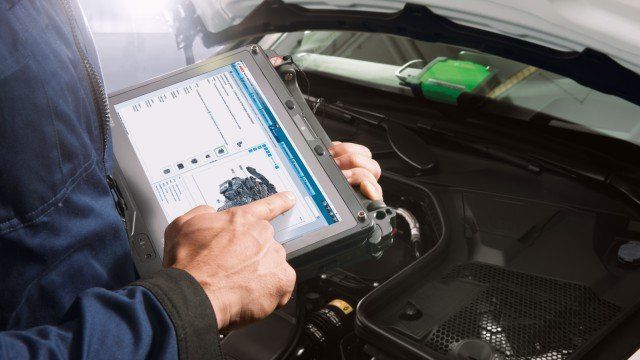
The advance of modern vehicle diagnostics has created the requirement for greater accessibility, product knowledge and an automotive engineering skill set that can understand and process computer system(s) coding and software analysis and implementation, something BTE Automotive has always ensured has been at the forefront of our business service.

